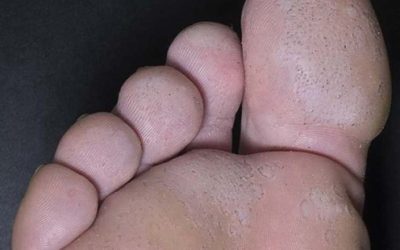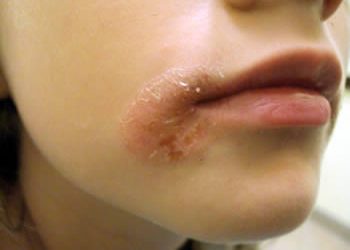Polymorphic light rash (sun allergy)
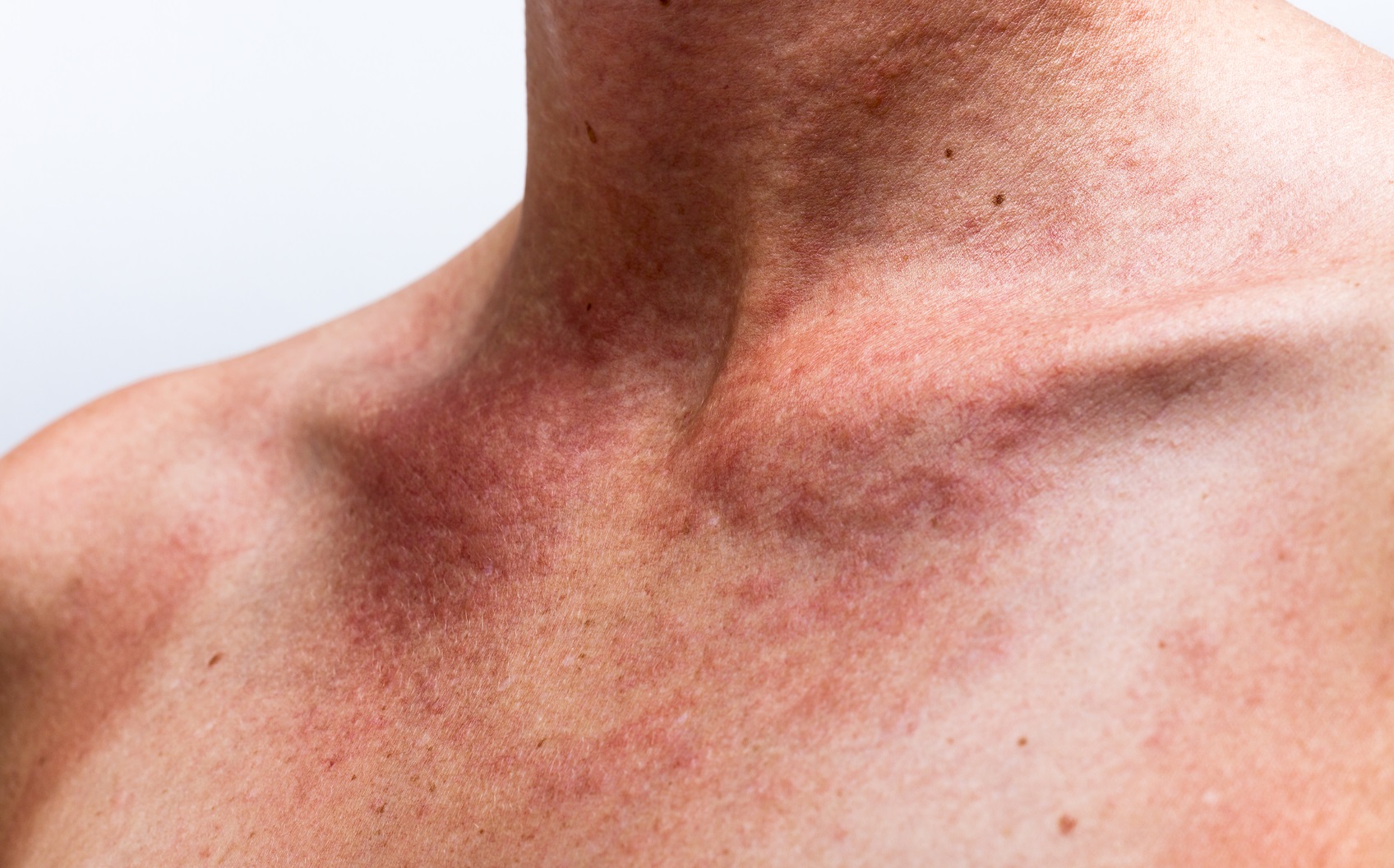
It usually occurs during the warm season (spring, summer), which means it is seasonal. Itchy, small, pink or skin-coloured papular rashes, less commonly plaques and vesicles, appear on areas of skin exposed to direct sun within a few hours, less often after a couple of days. Skin lesions disappear spontaneously within a few days if you avoid the sun.
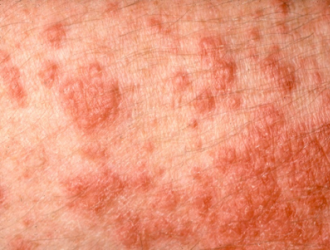
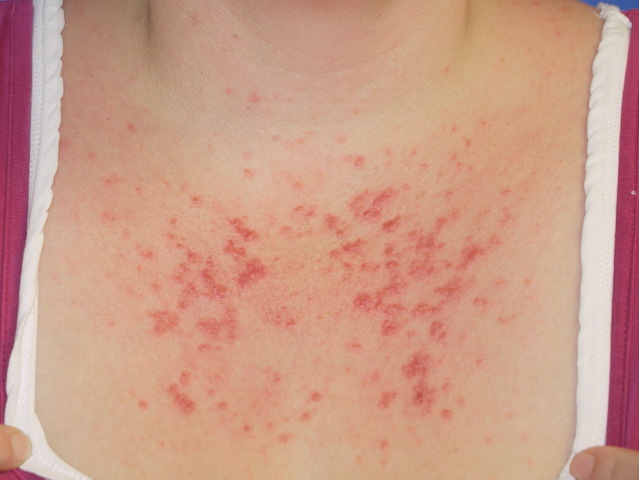
The diagnosis is based on medical history (exposure to direct sunlight), clinical symptoms (itchy rash on sun-exposed areas of the body) and seasonality (warm season). In most cases, no further tests are needed.
– Sun protection: clothes that cover the skin, SPF 50 sunscreen
– Prophylactic phototherapy (narrow-wave UVB phototherapy) in early spring or late winter to increase tolerance to the sun’s ultraviolet rays during the warm season. The course is 2-3 treatments per week for 4-6 weeks each year.
Treatment:
– Corticosteroid ointments. They are effective in reducing inflammation and itching. These drugs are given for 5-7 days, 1-2 times a day.
– In advanced disease, oral corticosteroids are prescribed.

Lichen Nitidus: Causes, Symptoms, and Treatment Options
Lichen nitidus is a rare inflammatory skin condition that causes small, shiny, flat-topped bumps on the skin. While often harmless, treatment can help manage symptoms and improve the skin’s appearance for affected individuals.
Pitted Keratolysis: Causes, Symptoms, and Treatment
Pitted keratolysis is a bacterial skin condition affecting the soles of the feet, causing small pits and a strong odor. Treatment includes antibacterial creams and proper foot care to reduce symptoms and improve skin health.
Angular Cheilitis: Causes, Symptoms, and Treatment Options
Angular cheilitis is a condition that causes painful cracks and inflammation at the corners of the mouth. It can be treated with moisturizers and antifungal or antibacterial creams to reduce symptoms and prevent recurrence.



